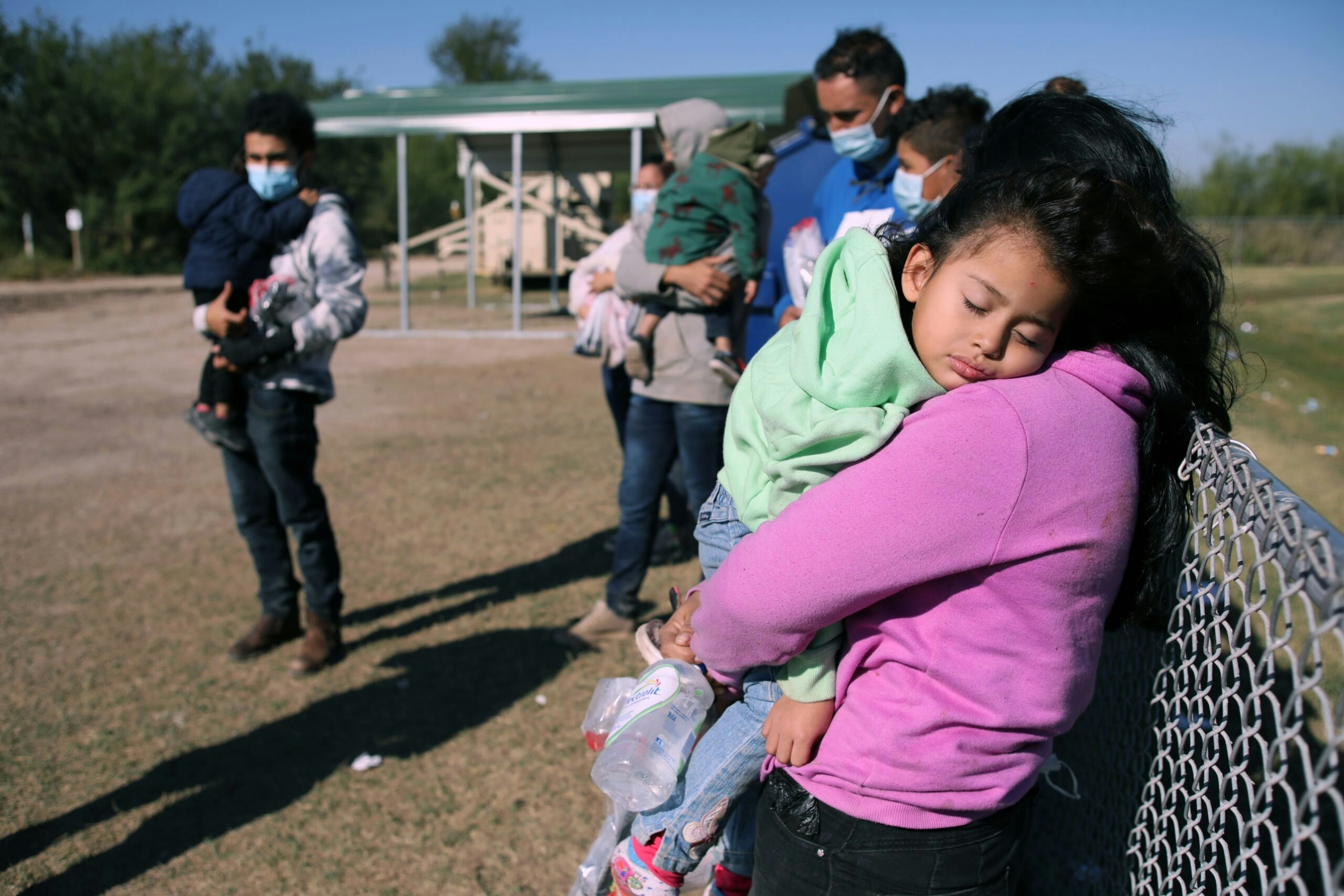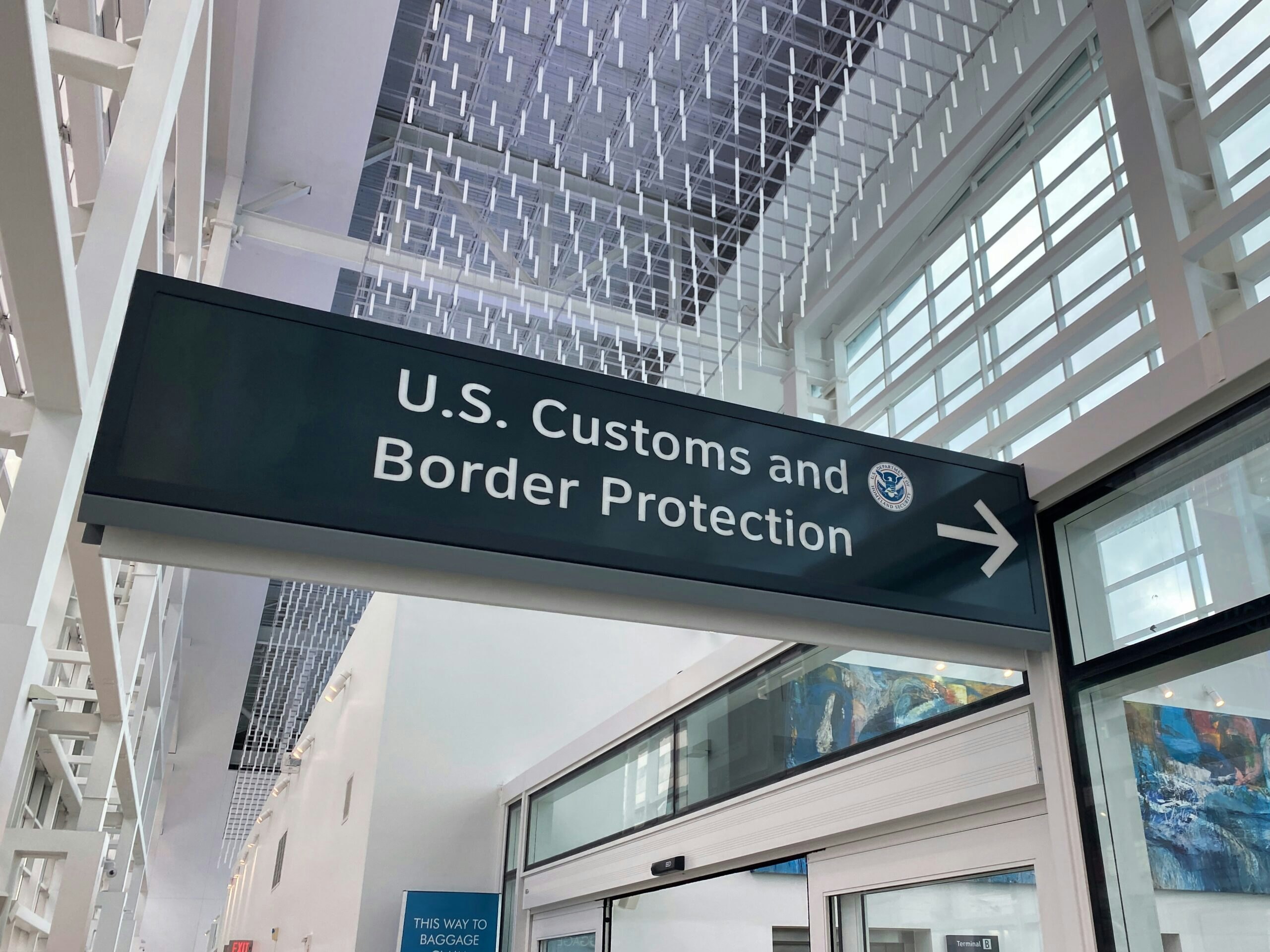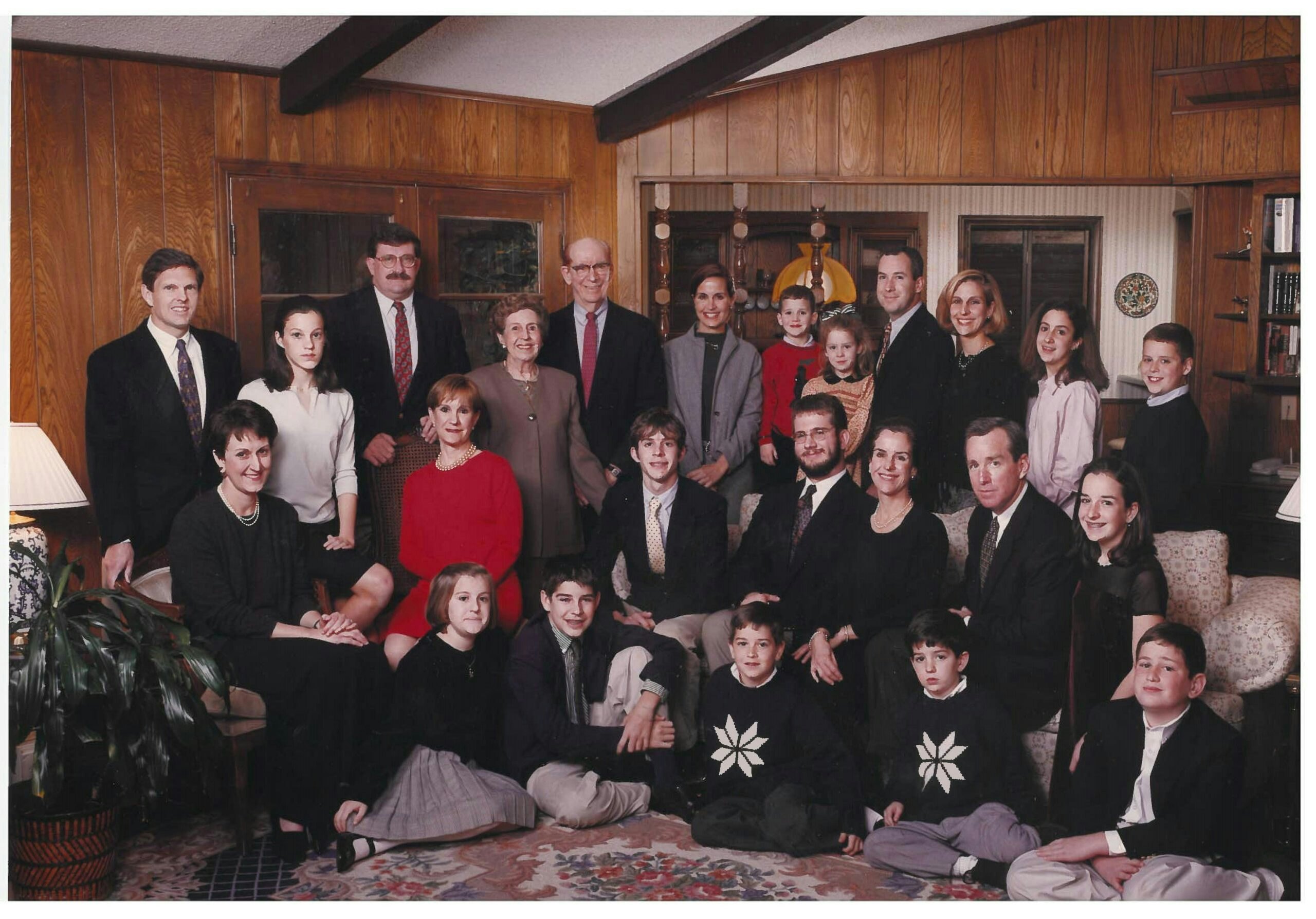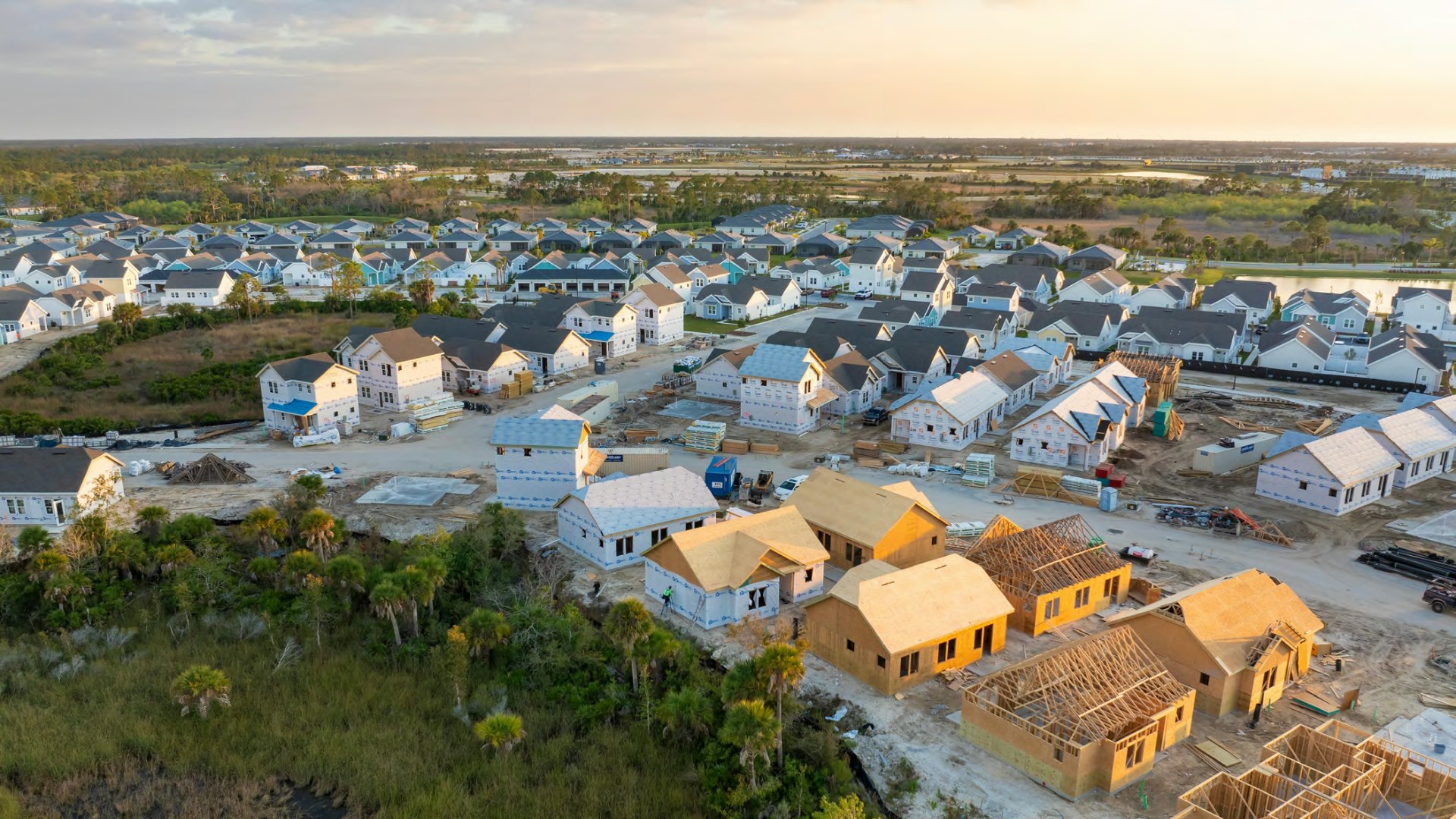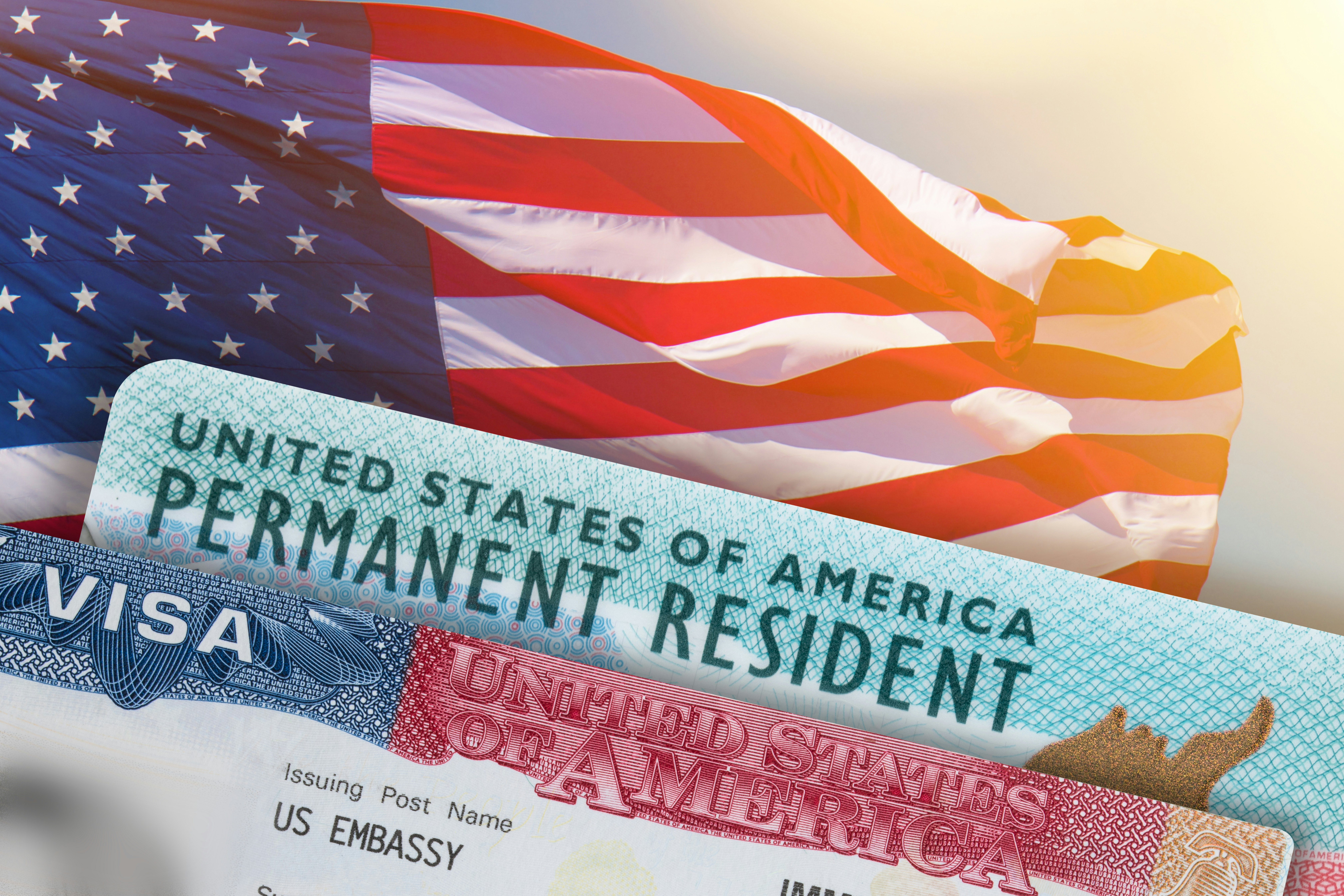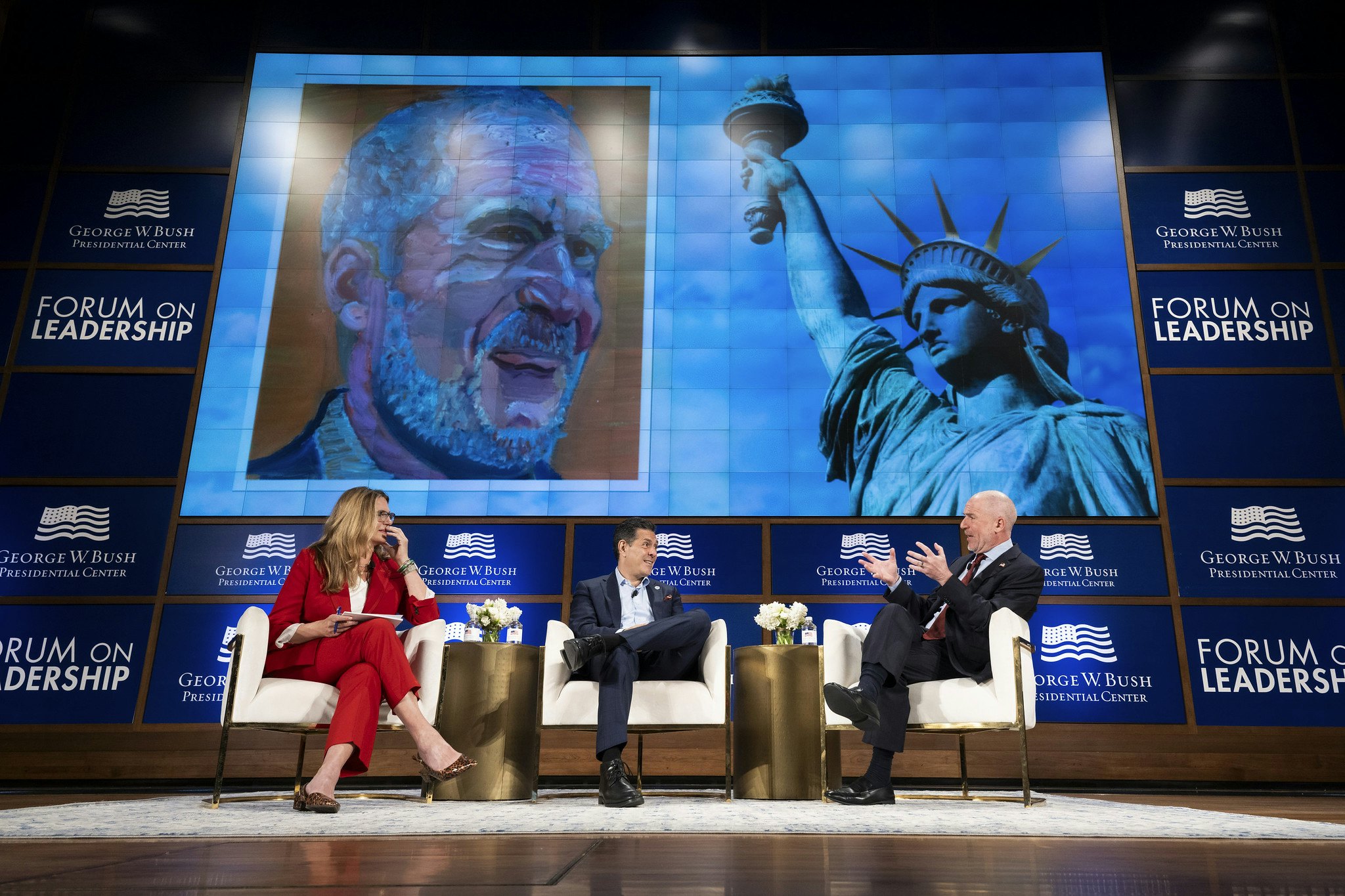Laura Collins, Director of the Bush Institute-SMU Economic Growth Initiative, discusses policy solutions to promote freedom and opportunity for women and girls in the U.S. immigration system.
During Women’s History Month, Americans mark the many achievements of women in U.S. history. But this is also a good time to reflect on where domestic policies can fall short on promoting freedom and opportunity for women and girls.
We see this very clearly in immigration policies, especially when women seek refuge in the United States. Over the last decade, thousands of women have appeared at the U.S. southern border to request asylum. Many of them are carrying their children in their arms. Some of these women want to be free from the violence that marks their daily lives. Others seek opportunity in the American economy, hopeful that a good job in the U.S. will help them better support their families.
Their shared burden is a U.S. immigration system that provides few options. Being a victim of gender-based violence (GBV) does not guarantee protection under current refugee and asylum law. Few employment-based green cards exist at all, and a mere 10,000 are available for workers without a bachelor’s degree. Many of the jobs that employ primarily female workers are not covered by U.S. temporary worker visa categories.
That leaves family sponsorship as one of the only other options for these women. Even for those fortunate enough to have a family member in the U.S. who is legally able to sponsor them, the wait is often years long. Some immigrants wait decades. For many people, that lengthy wait is untenable. They need freedom and opportunity sooner than the legal process can provide.
This is why we see so many women from the Western Hemisphere and around the world try to get to the U.S.-Mexico border. Asylum, even with its uncertain outcome, is their only hope.
Refugee resettlement, too, has shortcomings, particularly for Afghan women and girls. Since the withdrawal of U.S. forces, Afghan women and girls have been virtually erased from society. Girls are banned from school and women are not allowed to work or even leave their homes without a male chaperone. Many of those lucky enough to leave Afghanistan during the evacuation are stuck in the slow-moving refugee pipeline, still residing in a third country and waiting to restart their lives. Others who left don’t qualify for U.S. resettlement despite their contributions to the U.S. institutions who were in Afghanistan for decades. For those stuck in Afghanistan, the picture is even bleaker – those with a pathway to the U.S. have extreme difficulty accessing immigration processing because the U.S. does not have a diplomatic presence in Afghanistan.
The policy solutions that would help these issues – more employment-based green cards, expanded temporary worker job categories, clearing the green card backlog, and virtual options for Afghans – would undoubtedly help all immigrants in these situations, not just women. But considering the unique needs of vulnerable women and girls should be required from the start. Freedom and opportunity are universal human rights. U.S. policies advancing those principles should make sure they do not unintentionally harm women and girls.


